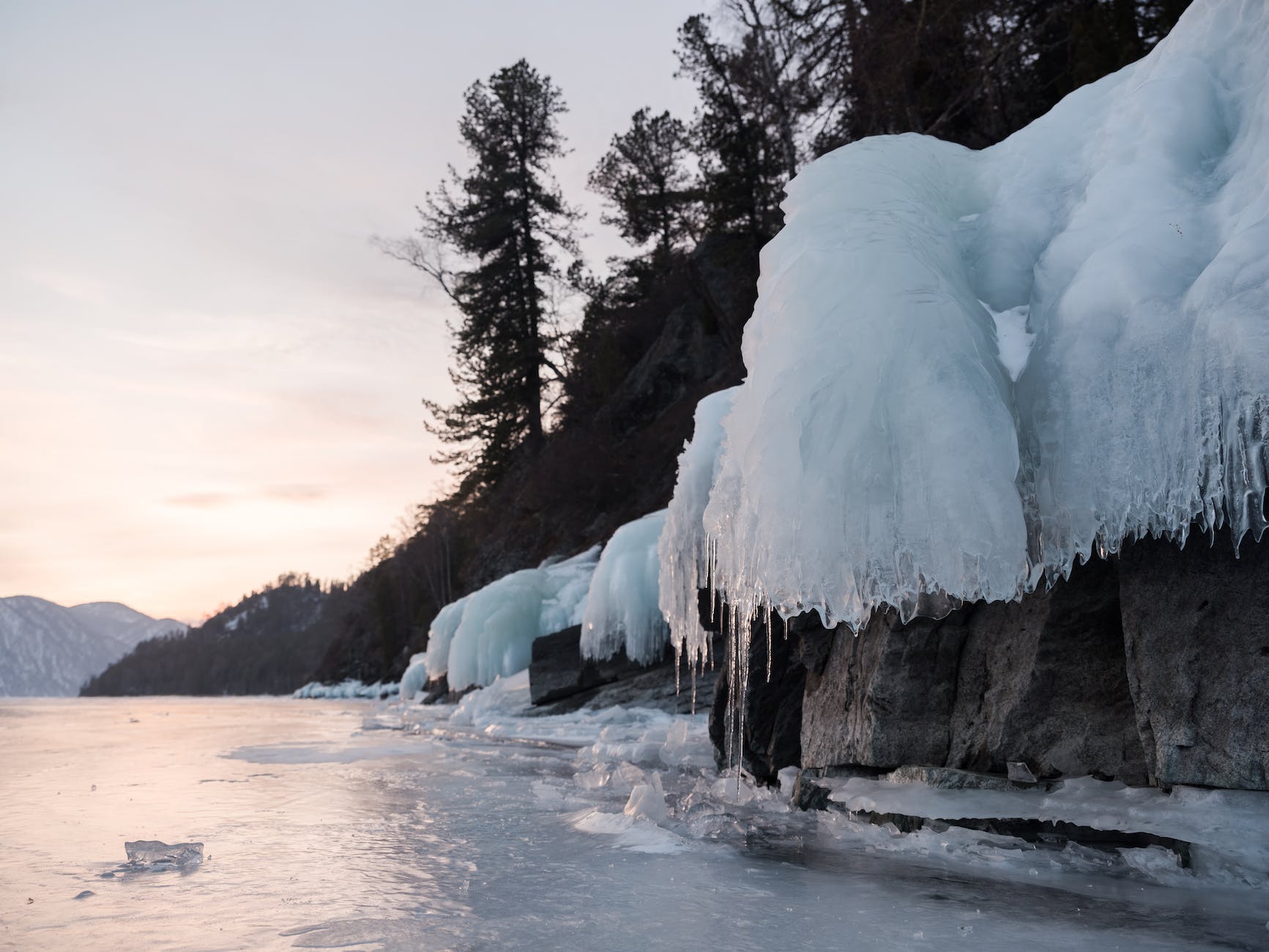California has had a welcome respite from the epic snowfall and record rains that have battered the state in recent weeks, but a new threat brought on by the changing climate looms. The state’s substantial snowpack will soon start to melt, and regions are preparing for another surge in water levels. As the weather warms up, it is anticipated that trillions of gallons of water that are trapped within the Sierra Nevada range’s record amount of snow will surge into rivers and reservoirs, increasing the danger of flooding in regions that have already been overflowed by the state’s very rainy winter.
According to climate scientist Daniel Swain, the snowfall, which is currently 233% of the April norm, holds enough water to fill downstream reservoirs “multiple times over”. “That’s a big deal,” he continued.
Even without a significant heatwave or late-season warm rain, Swain warned that the situation might be dangerous. The higher temperatures of springtime and cloudless sky could be sufficient to cause a quick runoff.
It is a problem that many western states are currently confronting since they have all had to deal with a drastic change in climate because of years of terrible drought. Future large fluctuations are anticipated to be fuelled by the climate issue, which amplifies extremes.
From the southwest to the Rockies, a quick spring snowmelt is already causing havoc. As Arizona homeowners worked for days to keep flood waters away from their houses, emergency workers in New Mexico had to execute water rescues from flooded automobiles.
Without a blueprint, officials are forced to manage the difficulties. Disasters of this nature are getting harder to forecast.
Models and predictions that rely on previous data are now less dependable due to the climate issue. Officials with the California department of water resources claim that even with strong data, the intelligence can only be used to a certain extent.
“We don’t actually know how the snow will melt,” said Jenny Fromm of the US army corps of engineers at a briefing on Tuesday. “Small shifts in solar radiation and groundwater flow can make a significant difference in outcomes.”
“Climate change has had other plans for us these last ten years,” said David Rizzardo, manager of the California department of water resources hydrology section, explaining how the increase in outlier events has rendered statistics and models less dependable.
It is hard to know at this point, whether conditions will shift for better or worse. He continued by saying: “We may be adding more snow or rain. We may go through a warm, super dry period that evaporates water in the system. Those can both affect how much water comes down.” What officials do know, however, is that many of the areas at risk of being worst hit have long had to grapple with climate extremes, including weathering years of devastating drought conditions and sweltering heat.
“A lot of those communities are the same communities that have been affected for years,” said José Pablo Ortiz Partida, a senior climate scientist with the Union of Concerned Scientists, a non-profit advocacy organization.
Communities snuggled inside California’s San Joaquin Valley, an agricultural region that hugs the state’s mountainous heartland, are of special concern to scientists, authorities, and campaigners.
Homes, farms, and essential infrastructure were all damaged by severe flooding brought on by winter storms that pounded the area in March. Counties have already estimated damage in the billions of dollars, and millions more will be required to pay for the urgently required repairs.
Levees that burst will need to be repaired, streets that are still under water will need to be drained, and it will take time for houses and businesses to dry. Time is running out, and recovery has been sluggish. In many of these places, April and May are the busiest months for snowmelt runoff.
The effects of the drought are still felt in this area even as it rushes to prepare for severe flood flows. Ortiz Partida said that many people in this region still struggle to acquire clean water for drinking and hygiene. “For some it is a problem of water quantity, but for others it is a problem of water quality,” he added. Despite the significant quantity of rain, we have received, this problem still exists.
Additionally, the region has struggled with intense heat. The extreme summer heat here worsens environmental issues and poses health risks to those who are forced to live without air conditioning.
He criticised the government for doing little to aid localities in emergency preparedness or speedy emergency response. He emphasised that, despite the part that the climate catastrophe has played in these cycles of disaster, these rural, underdeveloped communities have had difficulty adapting due to a lack of resources and political representation. This inequitable planning for severe occurrences is the result.
The hazards that California and the larger American west are currently confronting will only worsen as the climate catastrophe progresses, experts have warned.
According to climate scientist Swain, “the risk of droughts – and also severe floods – is rising in a warming climate.” The dramatic swings between wet and dry reflect the pattern anticipated by models and experts, he remarked, even if it is difficult to link any one weather event to the climate catastrophe. He said that because the threats posed by the succession of storms that pummelling California are continuing throughout the summer, the effects of those extreme weather events are felt for a longer period of time. Swain ends by saying, “The big melt has begun.”
By Ieuan Yr8
Carre’s Grammar School, Sleaford
Recommend0 recommendationsPublished in Climate Change, News, Uncategorized
Very good